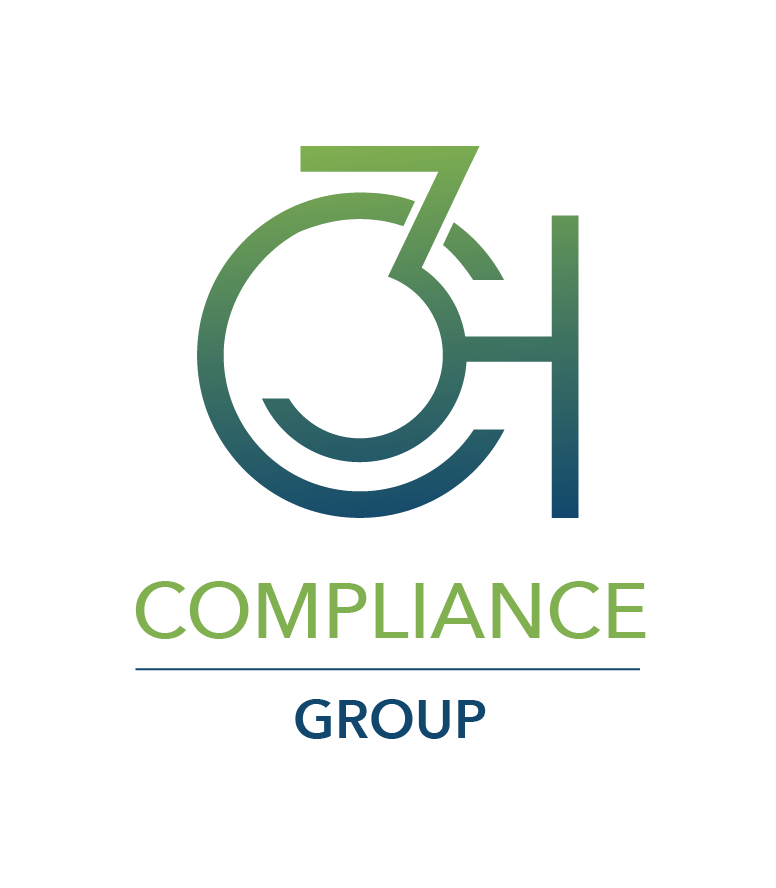The insurance industry, with its myriad of products and services, plays a crucial role in the financial well-being of individuals and businesses alike. However, the industry's regulatory environment is complex, with each state maintaining its own set of laws, codes, rules and regulations for the licensing and oversight of insurance producers.
This fragmented regulatory landscape posed significant challenges for insurance agencies and producers, leading to the creation of the Producer Licensing Model Act (PLMA) by the National Association of Insurance Commissioners (NAIC) in 2000. This landmark model legislation aimed to streamline the licensing process and promote consistency across states. Through its adoption by states, the PLMA has significantly impacted how insurance agencies operate. This blog post delves into the history, purpose, and key aspects of the PLMA, as well as its profound implications for the insurance industry.
The Birth of the PLMA
The inception of the Producer Licensing Model Act was driven by a need for greater uniformity and efficiency in the regulation of insurance producers. Before the PLMA, the licensing process for insurance agents and brokers varied significantly from state to state, creating a complex and often confusing landscape for both producers and consumers.
In 1999, Congress passed the Gramm Leach Bliley Act (GLBA), which, in part, sought to streamline the insurance producer licensing process. The GLBA provided for the creation of the National Association of Registered Agents and Brokers (NARAB), if increased uniformity and reciprocity between the states was not achieved by 2002.
As a result, the NAIC set out to develop model legislation that states could adopt that would streamline the licensing process and help create uniformity and reciprocity between the states. In 2000, the NAIC adopted that model legislation – the PLMA.
The primary purpose of the PLMA was to establish uniform standards for the licensing, appointment, and regulation of insurance producers. By setting minimum requirements for education, examination, and ethical conduct, the PLMA aimed to ensure that only qualified, ethical, and knowledgeable individuals were granted the privilege of selling insurance products.
Key Aspects of the PLMA
The PLMA is a comprehensive piece of model legislation that addresses a wide range of issues related to insurance producer licensing and regulation. Some of the key aspects of the Act include:
- Uniform Standards: The PLMA provides a framework for uniform standards that states can adopt for the licensing of insurance producers, aimed at reducing the complexity and variability of state-specific requirements.
- Reciprocity Among States: One of the most significant impacts of the PLMA is its promotion of reciprocity among states, allowing producers licensed in one state to more easily become licensed in another. This facilitates a more national approach to insurance sales and regulation.
- Consumer Protection: By setting minimum standards for education, examination, and ethical conduct, the PLMA seeks to protect consumers by ensuring that only qualified and knowledgeable producers are licensed to sell insurance.
- Continuing Education: The PLMA emphasizes the importance of ongoing education for insurance producers, requiring them to complete continuing education courses to maintain their licenses. This ensures that producers stay informed about changes in the insurance industry and regulatory environment.
Impact on Insurance Agencies
The adoption of the PLMA has had a profound impact on the way insurance agencies operate. Here are some of the key ways in which the Act has influenced the industry:
- Standardization of Licensing Process: The PLMA has led to a more standardized and streamlined licensing process for insurance producers across states, reducing administrative burdens on insurance agencies.
- Enhanced Consumer Trust: By ensuring that insurance producers meet uniform standards of competence and ethical behavior, the PLMA has helped to enhance consumer trust in the insurance industry.
- Compliance Requirements: As states adopt the PLMA or variations of it, insurance agencies must ensure that their producers are in compliance with the PLMA and state-specific regulations, necessitating ongoing monitoring and support for continuing education.
- Interstate Business Opportunities: The reciprocity facilitated by the PLMA has enabled insurance agencies to more easily conduct business across state lines, expanding their market reach and potential customer base.
Navigating the Regulatory Landscape
While the PLMA has helped streamline the licensing process for insurance producers, the insurance industry is still regulated at the state level with many state-specific laws. As a result, navigating the complex regulatory landscape of insurance laws is a daunting task. By staying informed and being proactive, agencies can ensure that they remain in full compliance in the states that they conduct business. Key strategies for insurance agencies include staying current on state-specific regulations, implementing robust compliance programs to monitor producer licensing and continuing education, leveraging the streamlined reciprocity provisions fostered by the PLMA to expand business opportunities across state lines, and educating producers on the importance of meeting state licensing standards.
Conclusion
The Producer Licensing Model Act has played a pivotal role in shaping the regulatory landscape of the insurance industry. By establishing uniform standards and promoting reciprocity among states, the PLMA has not only protected consumers but also provided significant benefits to insurance agencies, including encouraging streamlined licensing processes and expanded business opportunities. As the insurance industry continues to evolve, the PLMA will undoubtedly remain a crucial piece of model legislation, providing a roadmap for states in the way they license and regulate insurance producers.

